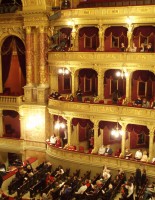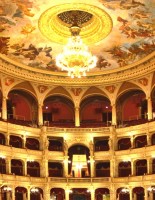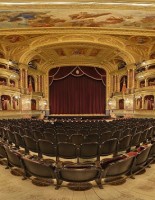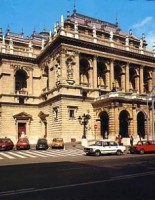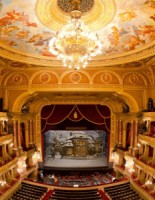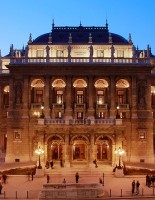Opera House
The opera house in Budapest stands as one of the most beautiful Neo-Renaissance buildings in Europe. When it was opened in 1884, the city shared the administrative duties of the Austro-Hungarian Empire with Vienna. In fact, Emperor Franz Joseph commissioned its design. Construction included the use of marble and frescos by some of the best artisans of that era. Designed by Miklós Ybl, one of Europe's leading architects in the mid to late 19th century, the Budapest Opera House quickly became one of the most prestigious musical institutions in Europe. Many important artists performed here, including Gustav Mahler, who was also the director for three seasons.
The Budapest Opera House is considered to be amongst the best opera houses in the world in terms of its acoustics, and has an auditorium that seats 1200 people. It is horseshoe-shaped and, according to measurements done by a group of international engineers, has the third best acoustics amongst similar European venues (after the Scala in Milan and the Paris Opera House). The statue of Ferenc Erkel stands in front of the Opera House. He was the composer of the Hungarian national anthem and the first music director of the Opera. The other statue in front of the Budapest Opera is of Ferenc Liszt, the well-known Hungarian composer.
